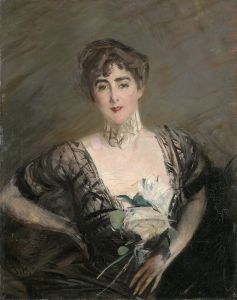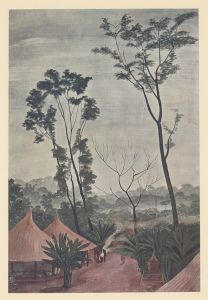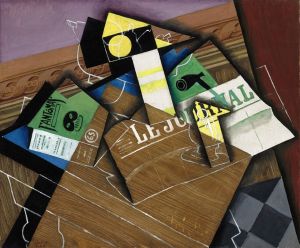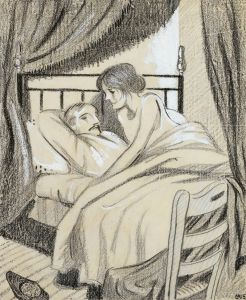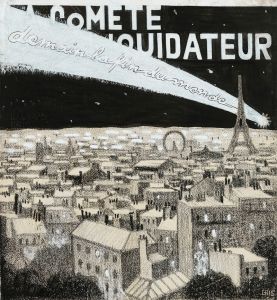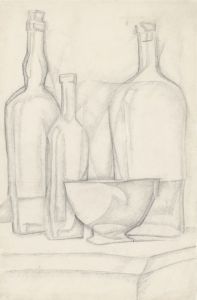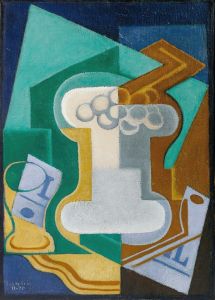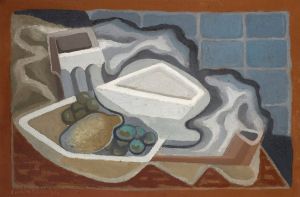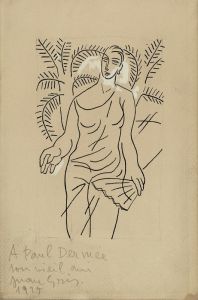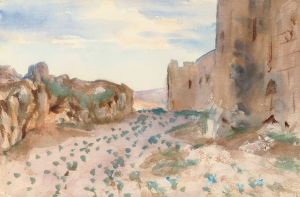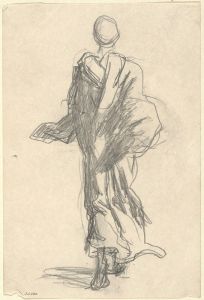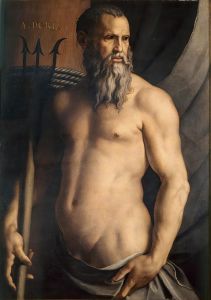
Checkerboard and Playing Cards
A hand-painted replica of Juan Gris’s masterpiece Checkerboard and Playing Cards, meticulously crafted by professional artists to capture the true essence of the original. Each piece is created with museum-quality canvas and rare mineral pigments, carefully painted by experienced artists with delicate brushstrokes and rich, layered colors to perfectly recreate the texture of the original artwork. Unlike machine-printed reproductions, this hand-painted version brings the painting to life, infused with the artist’s emotions and skill in every stroke. Whether for personal collection or home decoration, it instantly elevates the artistic atmosphere of any space.
"Checkerboard and Playing Cards" is a painting by the Spanish artist Juan Gris, created in 1915. Gris, born José Victoriano González-Pérez in Madrid in 1887, was a prominent figure in the Cubist movement, which revolutionized European painting and sculpture in the early 20th century. He moved to Paris in 1906, where he became closely associated with other leading Cubist artists, including Pablo Picasso and Georges Braque.
The painting "Checkerboard and Playing Cards" exemplifies Gris's mature Cubist style, characterized by a meticulous arrangement of geometric shapes and a sophisticated use of color and texture. Gris's approach to Cubism was distinct from that of Picasso and Braque; he often employed a more structured and systematic method, emphasizing clarity and order in his compositions.
In "Checkerboard and Playing Cards," Gris presents a still life scene that includes a checkerboard, playing cards, and other objects arranged on a table. The composition is rendered in a palette of muted colors, with shades of brown, gray, and black dominating the scene. Gris's use of overlapping planes and fragmented forms creates a sense of depth and complexity, inviting the viewer to explore the relationships between the various elements in the painting.
The checkerboard and playing cards are symbolic objects that Gris frequently incorporated into his work. These items evoke themes of leisure and chance, reflecting the artist's interest in the everyday objects and activities of modern life. The inclusion of such motifs also aligns with the Cubist fascination with the material culture of their time, as they sought to capture the essence of contemporary existence through their art.
Gris's technique in this painting demonstrates his mastery of the Cubist style. He skillfully balances abstraction and representation, allowing the viewer to recognize the depicted objects while simultaneously appreciating the formal qualities of the composition. The interplay of light and shadow, along with the varied textures and patterns, adds to the visual richness of the work.
"Checkerboard and Playing Cards" is part of the collection of the Metropolitan Museum of Art in New York City. The painting is considered an important example of Gris's contribution to Cubism and his ability to infuse everyday subjects with a sense of elegance and intellectual rigor. Through works like this, Gris helped to expand the possibilities of Cubist art, demonstrating its potential to convey both visual beauty and conceptual depth.
Juan Gris continued to develop his artistic vision until his untimely death in 1927 at the age of 40. His legacy endures through his innovative contributions to Cubism and his influence on subsequent generations of artists. "Checkerboard and Playing Cards" remains a testament to his skill and creativity, offering viewers a glimpse into the dynamic world of early 20th-century art.





